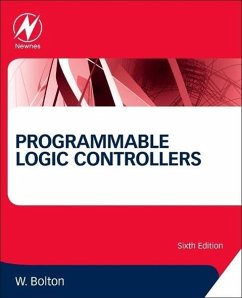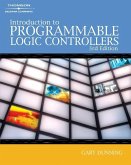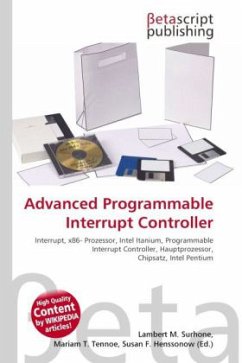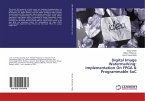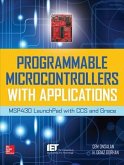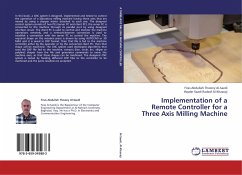This textbook, now in its sixth edition, continues to be straightforward and easy-to-read, presenting the principles of PLCs while not tying itself to one manufacturer or another. Extensive examples and chapter ending problems utilize several popular PLCs, highlighting understanding of fundamentals that can be used regardless of manufacturer. This book will help you to understand the main design characteristics, internal architecture, and operating principles of PLCs, as well as Identify safety issues and methods for fault diagnosis, testing, and debugging. New to This edition:
A new chapter 1 with a comparison of relay-controlled systems, microprocessor-controlled systems, and the programmable logic controller, a discussion of PLC hardware and architecture, examples from various PLC manufacturers, and coverage of security, the IEC programming standard, programming devices and manufacturer's software More detail of programming using Sequential Function Charts Extended coverage of the sequencer More Information on fault finding, including testing inputs and outputs with an illustration of how it is done with the PLC manufacturer's software New case studies
A methodical introduction, with many illustrations, describing how to program PLCs, no matter the manufacturer, and how to use internal relays, timers, counters, shift registers, sequencers, and data-handling facilities Consideration of the standards given by IEC 1131-3 and the programming methods of ladder, functional block diagram, instruction list, structured text, and sequential function chart Many worked examples, multiple-choice questions, and problems are included, with answers to all multiple-choice questions and problems given at the end of the book
A new chapter 1 with a comparison of relay-controlled systems, microprocessor-controlled systems, and the programmable logic controller, a discussion of PLC hardware and architecture, examples from various PLC manufacturers, and coverage of security, the IEC programming standard, programming devices and manufacturer's software More detail of programming using Sequential Function Charts Extended coverage of the sequencer More Information on fault finding, including testing inputs and outputs with an illustration of how it is done with the PLC manufacturer's software New case studies
A methodical introduction, with many illustrations, describing how to program PLCs, no matter the manufacturer, and how to use internal relays, timers, counters, shift registers, sequencers, and data-handling facilities Consideration of the standards given by IEC 1131-3 and the programming methods of ladder, functional block diagram, instruction list, structured text, and sequential function chart Many worked examples, multiple-choice questions, and problems are included, with answers to all multiple-choice questions and problems given at the end of the book

